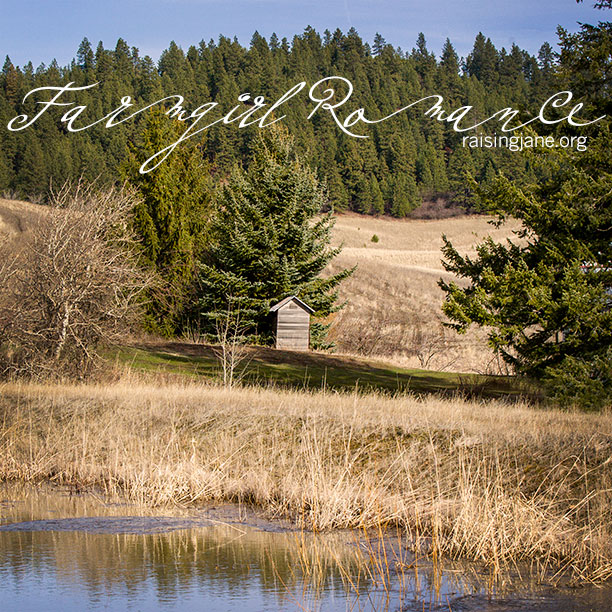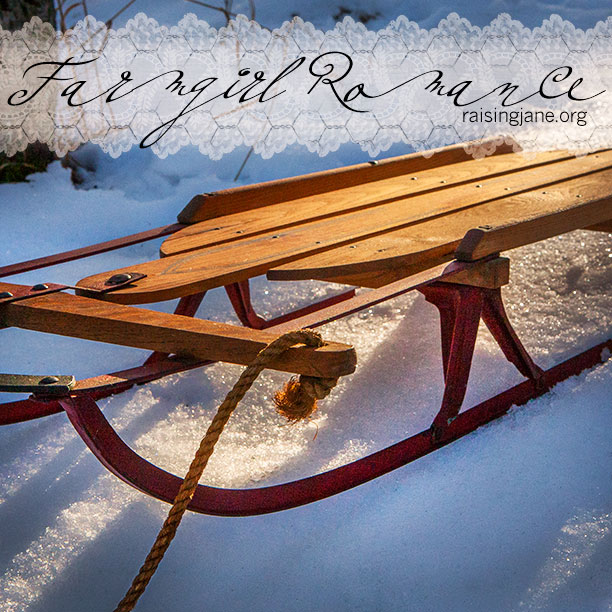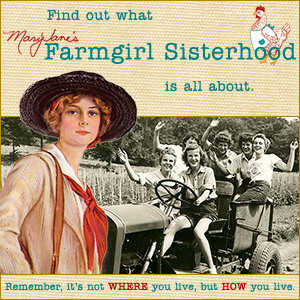
-
Buy props used in MaryJane’s books and magazine!
5% of profits will benefit www.firstbook.org, a non-profit that provides new books to children from low-income families throughout the U.S. and Canada.

Here’s how:
MaryJane will post a photo and a description of a prop and its cost along with a few details as to its condition here: https://shop.maryjanesfarm.org/MaryJanesCurations. It’s a playful way to be the new owner of a little bit of farm herstory.






















































I see a greening up of the grass in this photo. A late Winter blending into Spring sort of feel.
No ducks? Well, soon enough.
Jer Bear~
A quiet and serene shot. Our minus degree days have all of us suffering from cabin fever. Soon, will be able to get out and about more and enjoy the beauty of nature.